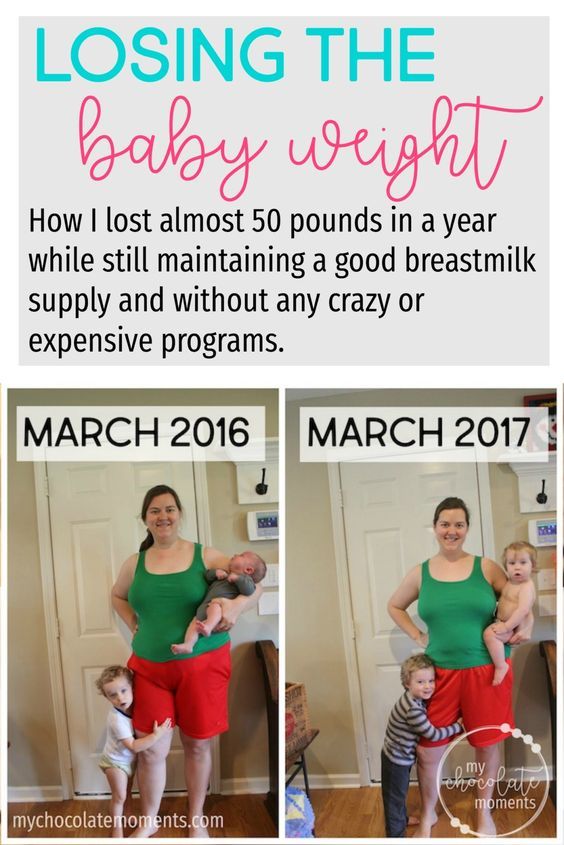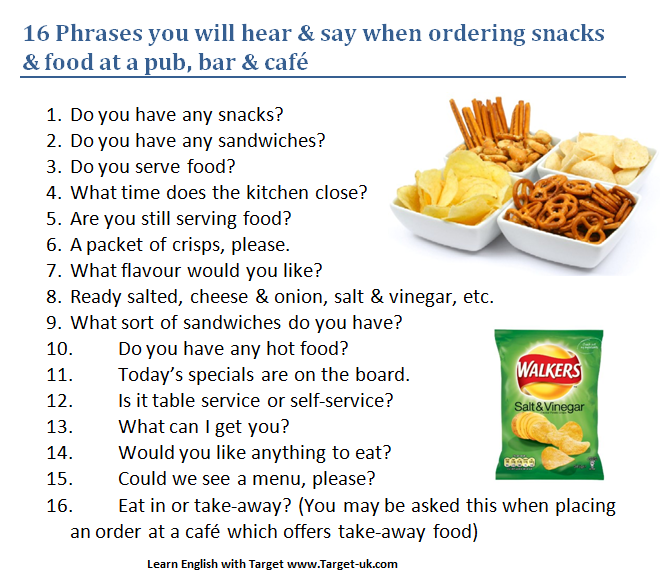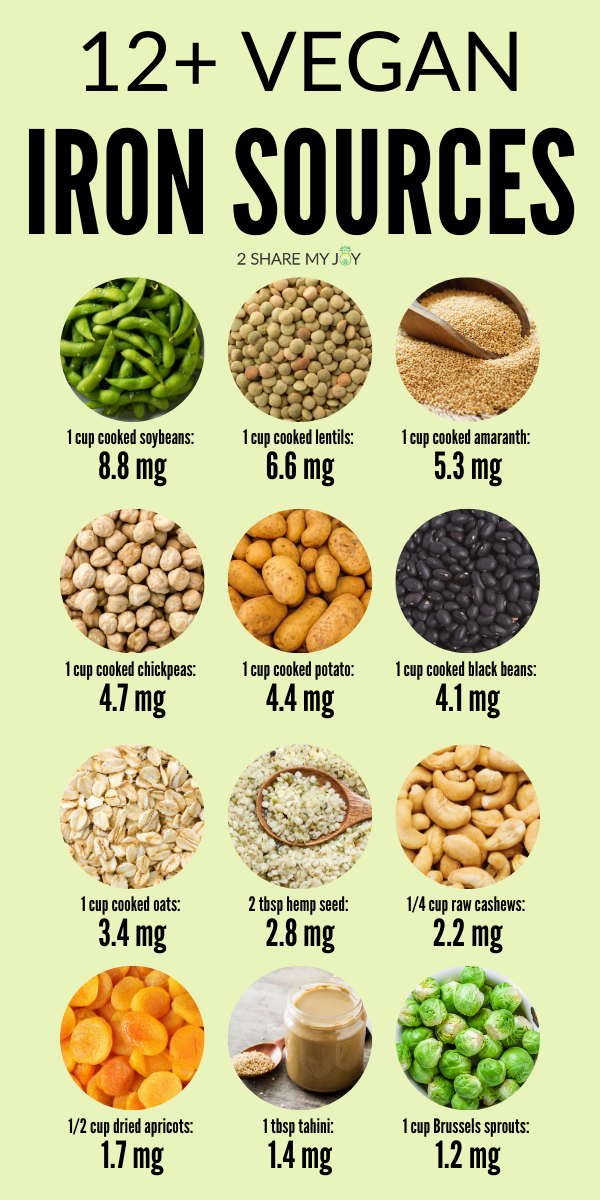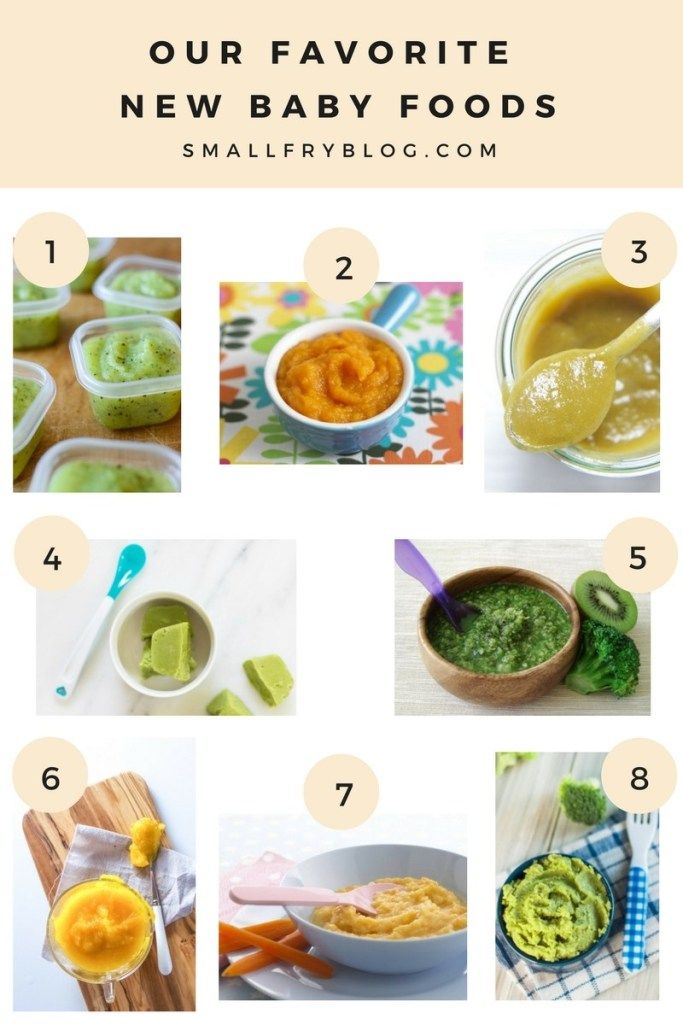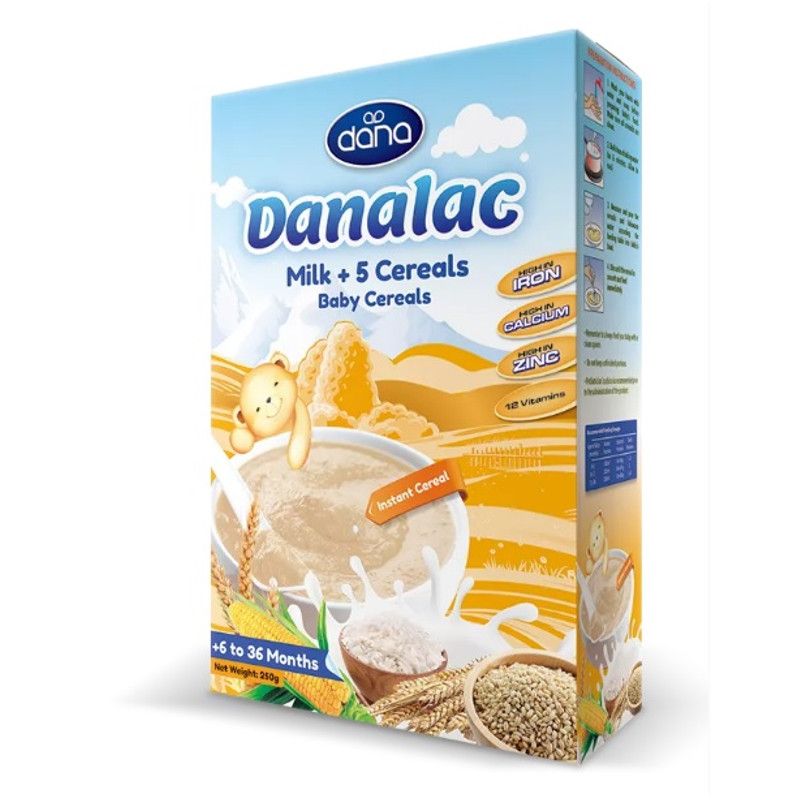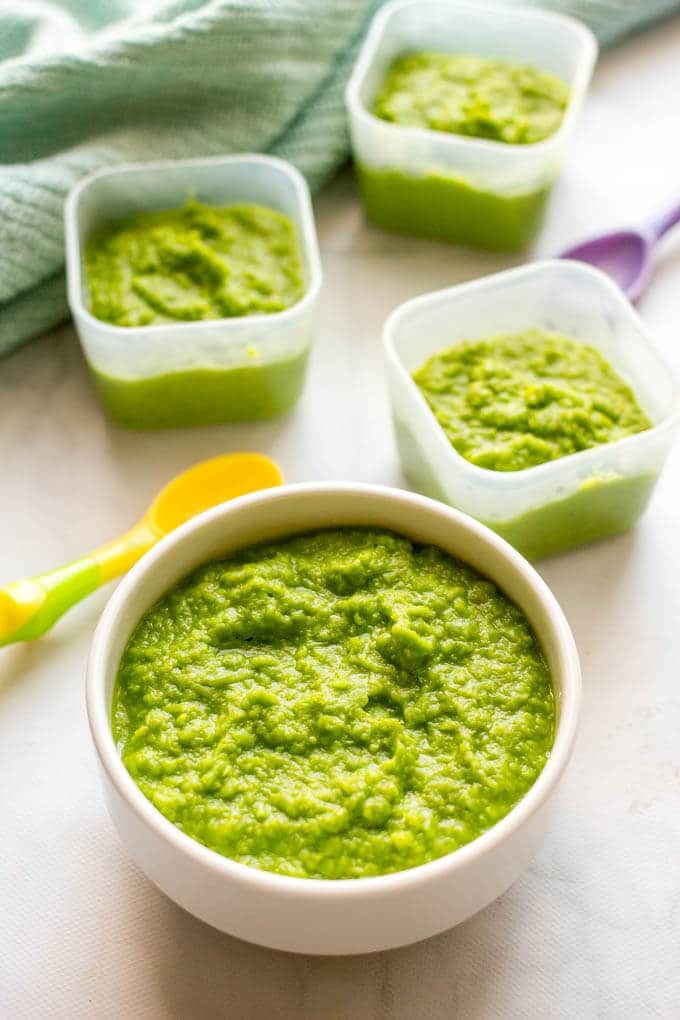Aptamil baby food 4 months
Aptamil® Organic Baby Rice for 4+ Months Old
View our ranges
Rolling, sitting up, weaning – get ready for some major milestones at around 6 months
At around 6 months, your baby will start to develop at an increasingly rapid pace. They’ll become physically stronger and more mobile, and you’ll notice new sounds as they begin to ‘babble’.
Learning to swallow food
Swallowing is a significant sign your baby is ready to wean. When they're ready, smooth foods will help them to swallow their first mouthfuls.
Learn more about the importance of food textures.
Stay away from soft-boiled eggs
When your baby starts weaning, it’s important to avoid foods that can trigger an allergy or make them ill, like soft-boiled eggs, honey and salt.
Learn more about foods to avoid in weaning.
Aptamil Organic baby rice’s smooth texture makes it the perfect first food for babies aged 4–6+ months
With expertise in every spoonful, we’ve added nothing to our pure organic baby rice but a little vitamin B1.
Product information
Aptamil
® Organic Baby Rice 100gFrom 4 - 6 months +
View product Where to buyWhere to buy
Your baby's cereals journey
You are here
Your next step
Our selection of creamed porridges are smooth in texture, and are a great way to introduce simple new tastes.
Learn more
Further ahead
With a thick texture and adventurous tastes, our three multigrain breakfast cereals are specially developed for babies from 7+ months.
Find out more
We are devoted to providing you & your baby our very best.
More from our experts
Quality, assured
We are devoted to providing you & your baby our very best.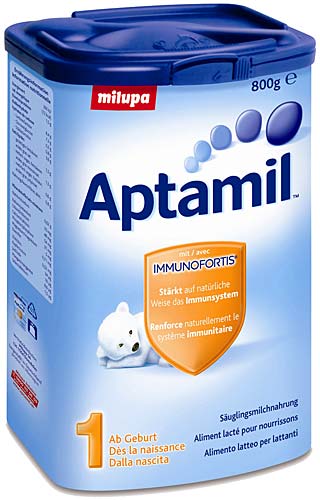
Our Nutricia factories don’t produce for any supermarket own label or own brand products.
Find out more about our commitments to high quality
Important notice
Breastfeeding is best for babies. Infant formula is suitable from birth when babies are not breastfed. Follow-on milk is only for babies over 6 months, as part of a mixed diet and should not be used as a breastmilk substitute before 6 months. We advise that all formula milks including the decision to start weaning should be made on the advice of a doctor, midwife, health visitor, public health nurse, dietitian, pharmacist or other professional responsible for maternal and child care, based on baby’s individual needs.
Breastfeeding is recommended for the first 6 months of life. The Department of Health recommend weaning at around 6 months. Please speak with a healthcare professional before introducing solid foods.
Do not use if your baby has been diagnosed with cow's milk allergy.
Use Toddler Milk as part of a varied balanced diet from 1 year.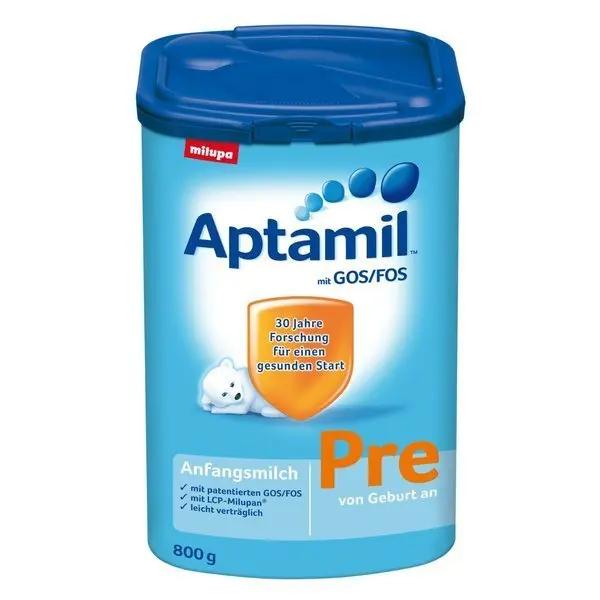
- Aptaclub home
- Products
- Aptamil Pronutra
- Cereals
- Baby rice
Contact us
About Aptaclub
About Nutricia
FAQs
Healthcare professionals
Sitemap
How we use cookies
Cookie settings
© Aptaclub 2022
This website is owned by Nutricia Ltd; registered company number 00275552, registered address: Newmarket House, Newmarket Avenue, White Horse Business Park, Trowbridge, Wiltshire, BA14 0XQ.
Aptamil® Baby Cereals | Weaning Products
View our ranges
Filter all products
Reset filters
Formula Milk
Baby food
Aptamil
Specialist Milks
Aptamil Organic
Aptamil ADVANCED
Stage 1 First Infant milk from birth
Stage 2 Follow on Milk 6-12 Months
Stage 3 & Stage 4 Growing up milk & toddler milk 1 year +
Specialist Milk Suitable from Birth
Specialist Milk 6 month +
Hungry First infant milk Suitable from Birth
Suitable from Age
Birth
4 months +
6 months +
7 months +
10 months +
1 year +
2 years +
Format
Powder
Ready to use liquids
Porridge
Cereal & Muesli
Tabs
Starter pack liquids
Dietary Requirements
Lactose free
Halal
Gluten free
Vegetarian
Clinical Conditions
Malabsorption
Cow's milk protein allergy
Colic and or Constipation
Reflux and or Regurgitation
Cancel
Precautionary recall of some batches of Aptamil Multigrain & Fruit Bircher Muesli and Aptamil Oats, Raisin & Apple Bircher Muesli
Product Recall Notice
Exciting recipes for your little one.
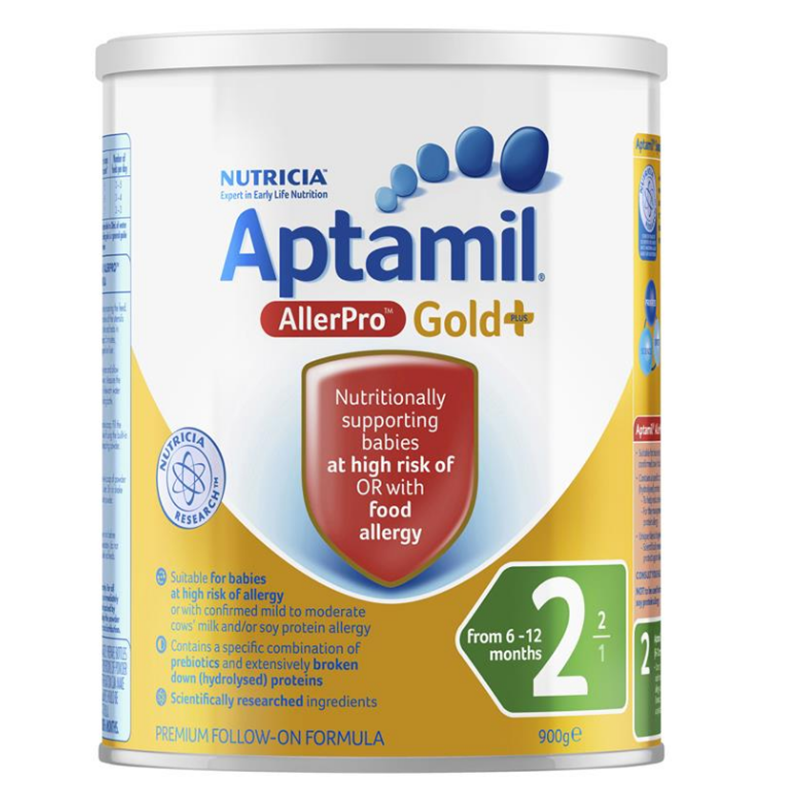
Our tasty range of baby cereals are the perfect way to introduce delicious new tastes and textures to your little one’s diet. Our recipes with grains and fruit contain no added salt and only naturally occurring sugars.
Created by our team of feeding experts, each delicious recipe contains specific nutrients tailored to be a part of a baby’s varied and balanced diet, including iron to support normal cognitive development, as well as Vitamins A, C & D.
Baby Rice & Cereals
Aptamil
® Multigrain Cereal 200gFrom 7 months +
View product Where to buyAptamil
® Organic Baby Rice 100gFrom 4 - 6 months +
View product Where to buyAptamil
® Multigrain Banana and Berry Cereal 200gFrom 7 months +
View product Where to buyAptamil
® Creamed Banana Porridge 125gFrom 4 - 6 months +
View product Where to buyAptamil
® Creamed Porridge 125gFrom 4 - 6 months +
View product Where to buyAptamil
® Oats, Raisin and Apple Bircher Muesli 275gFrom 10 months +
View product Where to buyAptamil
® Multigrain and Fruit Bircher Muesli 275gFrom 10 months +
View product Where to buyAll Products 6-12 Months
All Products 1-3 Years
Unsure how to start weaning?
Read our expert guide
Our expert weaning guide will help you understand the signs your baby is ready and what foods you should introduce for a balanced diet.
Introduction to weaning
Quality, assured
We are devoted to providing you & your baby our very best.
Our Nutricia factories don’t produce for any supermarket own label or own brand products.
Find out more about our commitments to high quality
Important notice
Breastfeeding is best for babies. Infant formula is suitable from birth when babies are not breastfed. Follow-on milk is only for babies over 6 months, as part of a mixed diet and should not be used as a breastmilk substitute before 6 months. We advise that all formula milks including the decision to start weaning should be made on the advice of a doctor, midwife, health visitor, public health nurse, dietitian, pharmacist or other professional responsible for maternal and child care, based on baby’s individual needs.
Breastfeeding is recommended for the first 6 months of life. The Department of Health recommend weaning at around 6 months.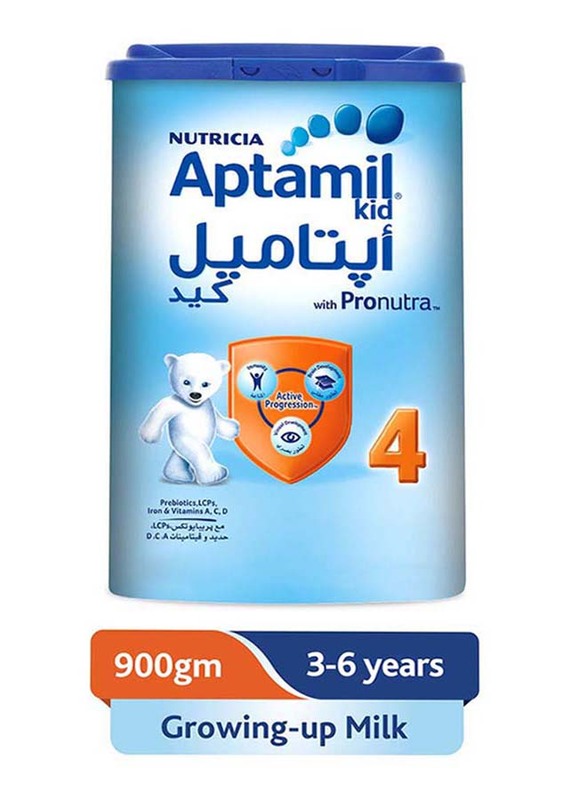 Please speak with a healthcare professional before introducing solid foods.
Please speak with a healthcare professional before introducing solid foods.
Do not use if your baby has been diagnosed with cow's milk allergy.
Use Toddler Milk as part of a varied balanced diet from 1 year.
- Aptaclub home
- Products
- Aptamil Pronutra
- Cereals
Contact us
About Aptaclub
About Nutricia
FAQs
Healthcare professionals
Sitemap
How we use cookies
Cookie settings
© Aptaclub 2022
This website is owned by Nutricia Ltd; registered company number 00275552, registered address: Newmarket House, Newmarket Avenue, White Horse Business Park, Trowbridge, Wiltshire, BA14 0XQ.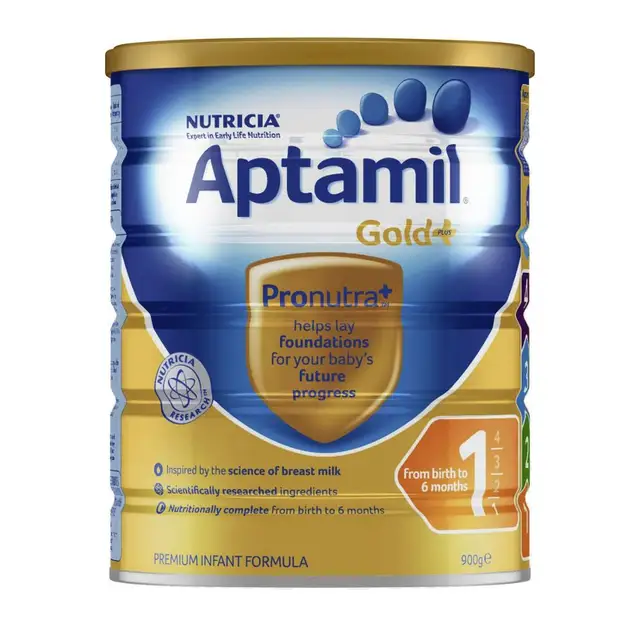
Aptamil 1, 200ml x2 – Aptaclub.ee
Aptamil 1 (from birth), ready to use.
NUTRICIA has over 120 years of experience in the baby food industry and a team of more than 500 scientists and professionals has been performing innovative research for 40 years. As a result of this research, the patented Aptamil® Infant Formula with Pronutra®-ADVANCE has been developed to meet the nutritional needs of the baby at all stages of its development.
Artificial milk formula for babies from birth, when breastfeeding is not possible or not enough. Packed in a protective atmosphere. Processed at extra high temperature (UHT).
Buy Online
Ingredients
Water, Skim Milk , Lactose ( Cow Milk ), Vegetable Fats (Palm, Coconut, Rapeseed, Sunflower, High Oleic Sunflower Oil), Galacto Ligosaccharides bovine milk ), demineralized whey (from cow's milk ), whey proteins (from cow's milk ), emulsifiers (mono- and diglycerides of fatty acids, soy lecithin), whey concentrate (from cow's milk ), fructooligosaccharides, fish oil , acidity regulator (citric acid), calcium phosphate, Mortierella alpina oil, potassium chloride, potassium hydrogen carbonate, choline chloride, potassium citrate, potassium hydroxide, sodium chloride, calcium hydroxide, L-ascorbic acid, hydrogen carbonate sodium, sodium citrate, potassium hydrogen phosphate, inositol, taurine, magnesium chloride, iron lactate, magnesium oxide, L-carnitine, sodium L-ascorbate, zinc sulfate, uridine-5' monophosphate sodium salt, DL-α-tocopherol acetate, cytidine- 5' monophosphate, calcium D-pantothenate, antioxidant (ascorbyl palmitate), adenosine-5' monophosphate, inosine-5' monophosphate sodium salt, nicotinamide, calcium carbonate, guanosine-5'-sodium salt monophosphate, riboflavin, thiamine hydrochloride, retinyl acetate, pyridoxine hydrochloride, copper sulfate, pteroylmonoglutamic acid, potassium iodide, sodium selenite, phytomenadione, manganese sulfate, cholecalciferol, D-biotin, cyanocobalamin.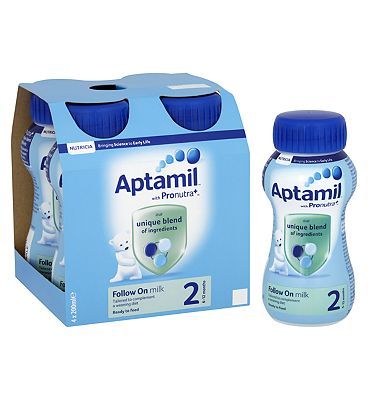
Preparation
Follow the directions for preparing the mixture.
1. Wash your hands and sterilize all utensils and utensils you will use for cooking.
2. Shake bottle thoroughly. Pour the required amount into a sterilized bottle.
3. Formula milk should be at room temperature or warmer as desired. Make sure the mixture is not too hot (approx. 37°C).
4. For each meal, prepare a new batch of formula and start feeding immediately. Do not use the leftovers of the prepared portion of the mixture for the next feeding.
Storage
Refrigerate immediately after opening and use within 24 hours. Do not heat milk formula in the microwave (to avoid overheating).
Table of feeding
| Age of baby | The number of feedings per day |
Weight, kg | Ready -made mix, ml | |||
| >2 weeks | 6 | 3. | 90 | |||
|
| 5 | 3.9 | 120 | |||
|
| 5 | 4.7 | 150 | |||
| 8-12 weeks | 5 | 5.4 |
| 5 | 6.2 | 180 |
| 4-5 months | 5 | 6.9 | 5 | 7-12 months | 210 | |
| 3 | - | 210 |
The indicated number of feedings per day is only a recommendation.
Recommended before/batch number: see bottle. Rotate the bottle if the date is not visible.
Weight: 2 x 200 ml
Produced in France
Distributor: SIA "Nutricia",
Gustava Zemgala Gatve 0048
Vitamin K
μg
4.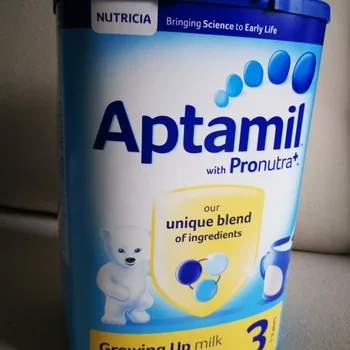 1
1
Tiamin (B1)
mg
9000 9000 9000 9000
mg
0.14
Niacin (B3)
mg NE
0.43
Pantotenic acid (B5)
0.53 9000 9000
0.05
Folate
Low -calorie carbohydrates (GOS)
g
0.2
Arachidonic acid (AA)
mg
mg
16.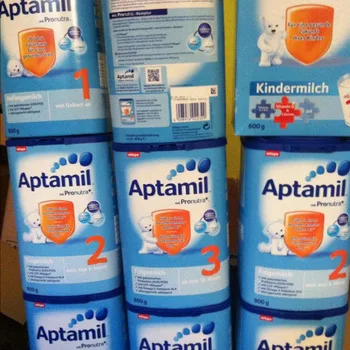 5
5
Important information!
Mother's milk is the best food for your baby. It contains all the necessary nutrients. Mother's milk contains long-chain polyunsaturated fatty acids (DLPUFAs) that promote brain and vision development, as well as nucleotides and oligosaccharides that naturally help boost an infant's immune system. Talk to your doctor before using formula milk. Use the product in accordance with the doctor's recommendations. Bottle feeding can make your baby stop breastfeeding. Incorrect preparation, storage of the product and non-compliance with the rules of feeding can be hazardous to the health of your child
How to dilute infant formula
Properly prepare formula - it would seem that it is easier, read the instructions on the box and do as it is written. But sometimes the simplest things, especially when they concern a newborn, can simply put parents in a stupor.
Contents
- How to properly dilute the mixture
- How to prepare infant formula
- How long is reconstituted infant formula
- What water to dilute infant formula
- Water temperature for infant formula
- Preparing Night Feeding Formula
- Infant formula on the road
You should know that no formula, even the most modern adapted formula, can completely replace mother's milk. Transferring a child to artificial feeding should be a conscious and forced step, and not the advice of a friend and the desire to make life a little easier for yourself, to have freedom of movement or your own guesses and assumptions that there is not enough breast milk. The deficit that is formed in the child's body without mother's milk cannot be filled with anything.
Transferring a child to artificial feeding should be a conscious and forced step, and not the advice of a friend and the desire to make life a little easier for yourself, to have freedom of movement or your own guesses and assumptions that there is not enough breast milk. The deficit that is formed in the child's body without mother's milk cannot be filled with anything.
How to properly mix
The first thing to do is read the instructions from the manufacturer. It always describes how to prepare infant formula. It is worth paying attention to the following important points:
- in what proportion to dilute the milk formula (often, one scoop per 30 ml of water)
- at what temperature is the mixture prepared
- recommended amount of ready-made formula for children of different ages
- how long and under what conditions can an opened package be stored
How to properly prepare formula for a newborn
The intestines and mouth of a healthy baby are sterile.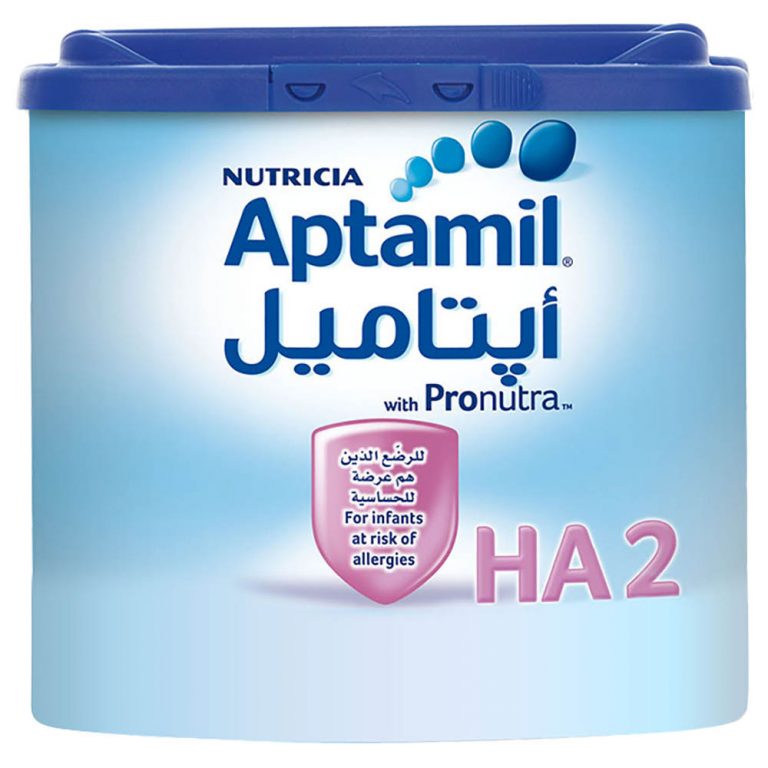 The task of the parent is to give the baby the opportunity to gradually adapt to the surrounding space, before starting to acquaint him with pathogenic microflora (in other words, microbes).
The task of the parent is to give the baby the opportunity to gradually adapt to the surrounding space, before starting to acquaint him with pathogenic microflora (in other words, microbes).
In all cases of contact with children's things, food and the child himself, be sure and always wash your hands with soap and water. Of course, in any case, the baby will have to get acquainted with the surrounding microorganisms, but when he is a few days old, it is too early.
Since you need to prepare the formula just before feeding, be prepared to do this under the heart-rending cries of a hungry baby. It is possible that under such conditions it will not be possible to prepare sterile bottles in cold blood - it is better and more convenient to have at least two of them.
It is better to prepare and cover a clean bottle with a dry towel in advance than to rush around the house and remember where to put it after feeding when the baby is crying from hunger. Of course, in theory you need to wash the bottle immediately after feeding, but in practice, babies miraculously make adjustments to your schedule.
Of course, in theory you need to wash the bottle immediately after feeding, but in practice, babies miraculously make adjustments to your schedule.
So, when all the necessary preparations are made, according to the instructions, we determine the desired ratio of water and dry mixture according to the age of your baby. Pour water of the required temperature into a sterile bottle or bring it to the desired temperature in the bottle. We pour the required number of measuring spoons, after removing a slide from them (you can use the back of a knife).
The measuring spoon must be dry. Follow this strictly and store infant formula in a dry place. Milk powder is very hygroscopic and perfectly absorbs moisture, and if the rules are not followed, the mixture will instantly begin to clump.
Close the bottle with a cap and shake very well so that there are no lumps left in the mixture (you can check for light). Just in case, we check the temperature of the mixture by dropping it on our wrist. After feeding, pour out the rest of the mixture.
After feeding, pour out the rest of the mixture.
Some mothers, trying to feed the baby more satisfyingly, increase the concentration of the dry mixture in the water. Doing this is strictly prohibited. This can lead to obesity or other metabolic disorders in the child.
To some, these measures may seem superfluous, and, of course, no one can force you to do this. But do not forget that the first three months of a child’s life without this will complicate colic and aggravate the situation with hastily washed bottles, believe me, it’s not worth it.
How long can reconstituted infant formula be stored
A very common question of interest to all parents is how long can prepared infant formula be stored? Ideally, ready-made milk formula is eaten immediately and not stored. The longer the mixture is prepared, the more chances are given to multiply harmful microbes that love heat and milky environment. And not just the necessary bifidobacteria, for which you lovingly created the optimal temperature.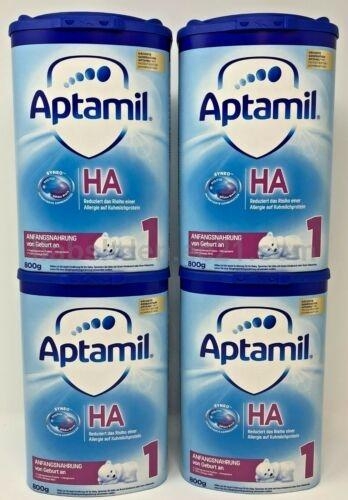 The storage time of reconstituted infant formula should be kept to a minimum. Remember that prepared milk formula should be stored can not even be in the refrigerator.
The storage time of reconstituted infant formula should be kept to a minimum. Remember that prepared milk formula should be stored can not even be in the refrigerator.
The bottle and nipple must be washed and sterilized before each formula preparation. You can learn more about sterilizing feeding bottles here.
What kind of water to dilute infant formula
An urgent question for parents - is it possible to dilute formula with infant water? For decades, boiled water has been used to prepare the mixture. Now they began to think about the fact that boiling kills water, deprives oxygen and other trace elements. Today you will not surprise anyone with special baby water for drinking and formula preparation. It does not need to be boiled, it is enough to heat it to the optimum temperature.
What are the benefits of baby water?
- at all stages of harvesting, water undergoes strict sanitary control
- cleaning uses a multi-stage filter system
- unlike boiled, it is not devoid of oxygen and other useful trace elements
- mineralization decreases in baby water (in dry mixtures, they try to choose the optimal ratio of trace elements and water with increased mineralization can disrupt these proportions)
If you want to use water from a well, it is better to first take it for analysis to a sanitary and epidemiological station.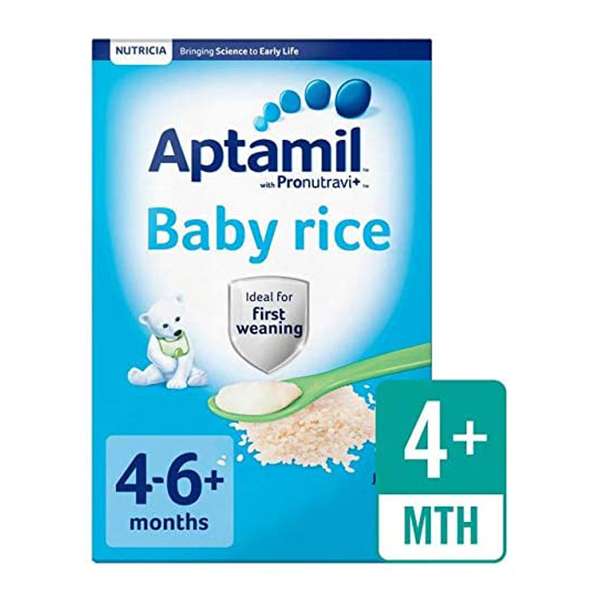
Water temperature for infant formula
The temperature of the water is of fundamental importance for the preparation of formula, which must be indicated on the packaging. Almost all mixtures now contain bifidobacteria that are beneficial for the child's intestines. Beneficial bacteria, unlike harmful ones, are rather gentle microorganisms. At a temperature higher than that indicated in the instructions, they will simply die.
In addition, of course, the temperature of the water simply needs to be comfortable for the child, 36 - 37 ºC. This is the temperature of mother's milk. Therefore, if possible, use a thermometer to prepare infant formula. Fortunately, the assortment of baby stores is now replete with products that make life easier for moms. Well, if there is no thermometer, it does not matter. Put a few drops of the prepared mixture from the bottle on your wrist. If the temperature of the mixture is optimal, then you will not feel it on your wrist.
It is not advisable to heat the finished mixture. Adapted infant formula is not a product that can be heated and cooled without consequences. It's good bacteria, remember? And not only. But if it so happened that while you were preparing for feeding, the mixture has cooled down, warm it up under running hot water.
Adapted infant formula is not a product that can be heated and cooled without consequences. It's good bacteria, remember? And not only. But if it so happened that while you were preparing for feeding, the mixture has cooled down, warm it up under running hot water.
Do not use the microwave to heat up the mixture! You will not be able to control the degree of heating of the liquid bottle, which can lead to an irreversible change in the structure and composition of the formula.
Night feeding formula
The safest option for the baby and gentle for the mother is to pour water into a sterile bottle in the evening and put it in the warmer. Most warmers are capable of maintaining a constant set temperature in the bottle. Pour the dry mix into the dry mix dispenser.
Now you can prepare the mixture on autopilot at night. All that remains to be done is to get from the dispenser into the bottle and mix thoroughly. Just in case, do not forget to check the temperature of the prepared mixture.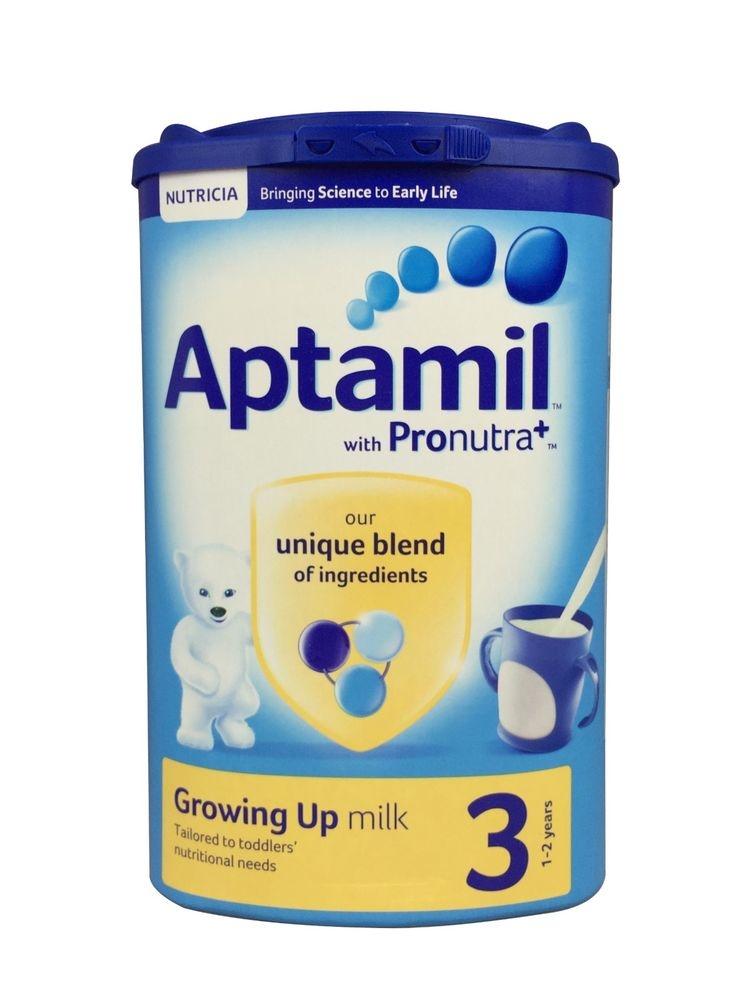

 5
5 

